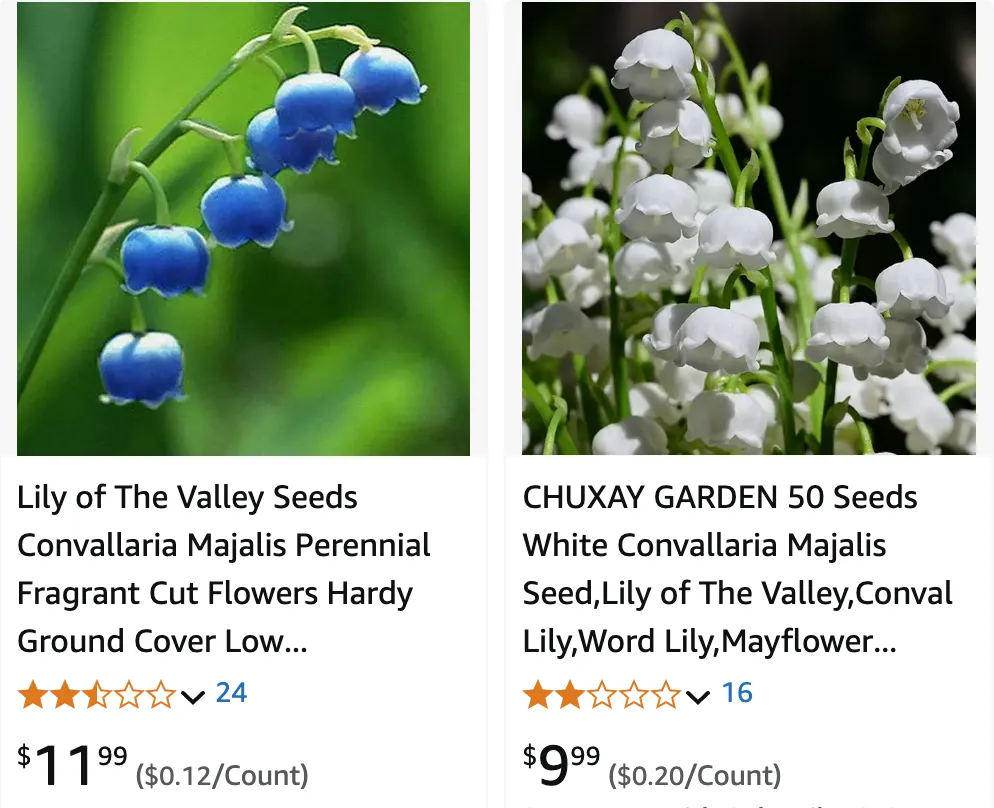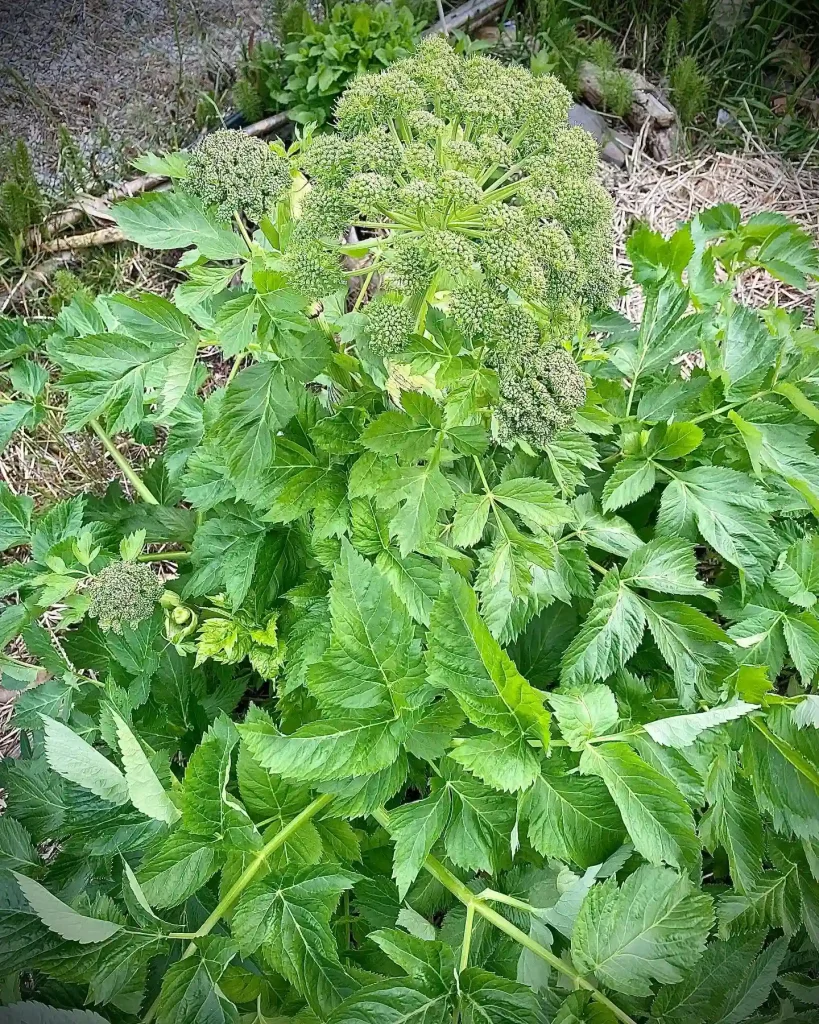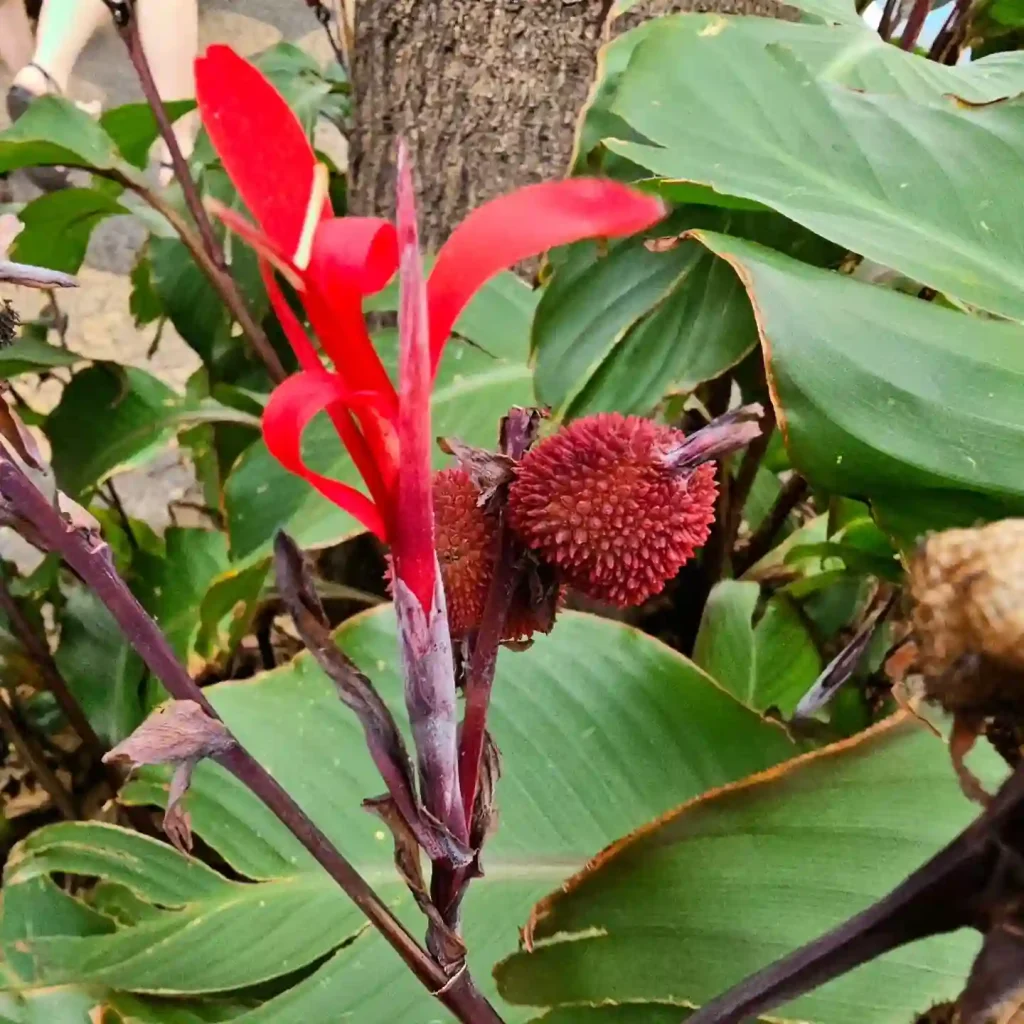
January 31 – Convallaria
“Convallaria, the delicate lily of the valley, defines January 31.”
You are gentle and kind, with an inner strength that surprises many. Your purity and resilience make you a cherished presence in every life you touch.
The Allure of Convallaria: A Personal Exploration
My name is Ferb Vu, and I’ve always been drawn to the quiet beauty of the natural world. Among the countless wonders of the plant kingdom, the genus Convallaria holds a special place in my heart. Perhaps it’s the delicate, bell-shaped flowers, or the sweet fragrance that evokes memories of springtime. Whatever the reason, I find myself captivated by these enchanting plants.
Convallaria, commonly known as Lily of the Valley, is a small genus of flowering plants in the family Asparagaceae. Though once considered a single species, recent research has identified three distinct species within this genus:
- Convallaria majalis: This is the most well-known species, commonly referred to as Lily of the Valley. It is native to Europe and Asia, and has been widely cultivated for its ornamental value and medicinal properties. Plant FAQs: Convallaria Majalis – Lily of the Valley
- Convallaria keiskei: Native to Japan and parts of eastern Asia, this species closely resembles C. majalis but has slightly smaller flowers and a more compact growth habit.
- Convallaria pseudomajalis: A lesser-known species of lily of the valley, often recognized for its delicate, bell-shaped white flowers similar to the classic Convallaria majalis. This species is native to specific regions in North America and is commonly found in woodland settings. Its flowers typically bloom in late spring, filling the air with a soft, sweet fragrance, while the plant itself spreads through rhizomes, making it a beautiful yet hardy ground cover option. The foliage is lush and green, though slightly narrower than C. majalis, and it grows best in shaded or partially shaded areas with well-draining soil.
A Symbol of Purity and Happiness
Throughout history, Convallaria has been imbued with symbolism and meaning. In the language of flowers, Lily of the Valley represents purity, happiness, and the return of spring. It is often associated with new beginnings, making it a popular choice for wedding bouquets and celebrations. In Christian tradition, the plant is linked to the tears of the Virgin Mary and is sometimes referred to as “Our Lady’s Tears.”
A Closer Look at Convallaria majalis
Of the three species, Convallaria majalis is the most widely cultivated and admired. Its delicate white flowers, borne on slender stems, emerge in late spring, filling the air with a sweet, intoxicating fragrance. The plant’s broad, lance-shaped leaves provide a lush backdrop for the delicate blooms.
Convallaria majalis thrives in shady woodland settings, where it spreads slowly by underground rhizomes. This makes it an ideal groundcover for shaded areas, where it can form dense colonies over time. However, it’s important to note that all parts of the plant are poisonous if ingested, so care should be taken when planting it in gardens frequented by children or pets.
The Medicinal Uses of Convallaria
Despite its toxicity, Convallaria has a long history of medicinal use. Extracts from the plant have been used to treat a variety of ailments, including heart conditions, epilepsy, and headaches. The plant contains cardiac glycosides, which can strengthen the heart’s contractions and regulate its rhythm. However, due to its potent nature, Convallaria is rarely used in modern medicine and should only be handled under the guidance of a qualified healthcare professional.
Cultivating Convallaria in Your Garden
If you’re captivated by the charm of Convallaria, you may be interested in cultivating it in your own garden. These plants are relatively easy to grow, provided they are given the right conditions. They prefer partial to full shade and moist, well-drained soil. Plant the rhizomes in the fall, spacing them about 6 inches apart. Water regularly, especially during dry periods. Once established, Convallaria requires minimal care and will reward you with years of fragrant blooms.
A Timeless Beauty
Whether you admire its delicate flowers, its sweet fragrance, or its rich symbolism, Convallaria is a plant that has captured the hearts of people for centuries. Its timeless beauty and enduring appeal make it a cherished addition to any garden or floral arrangement. As I continue to explore the wonders of the natural world, I know that the allure of Convallaria will continue to enchant and inspire me.
If i die, water my plants!



